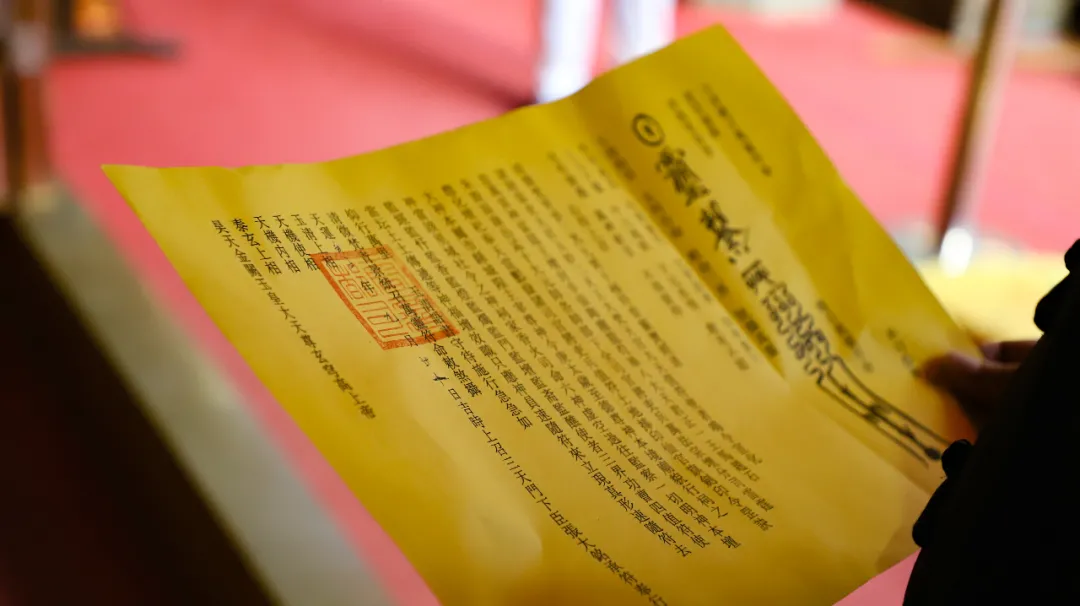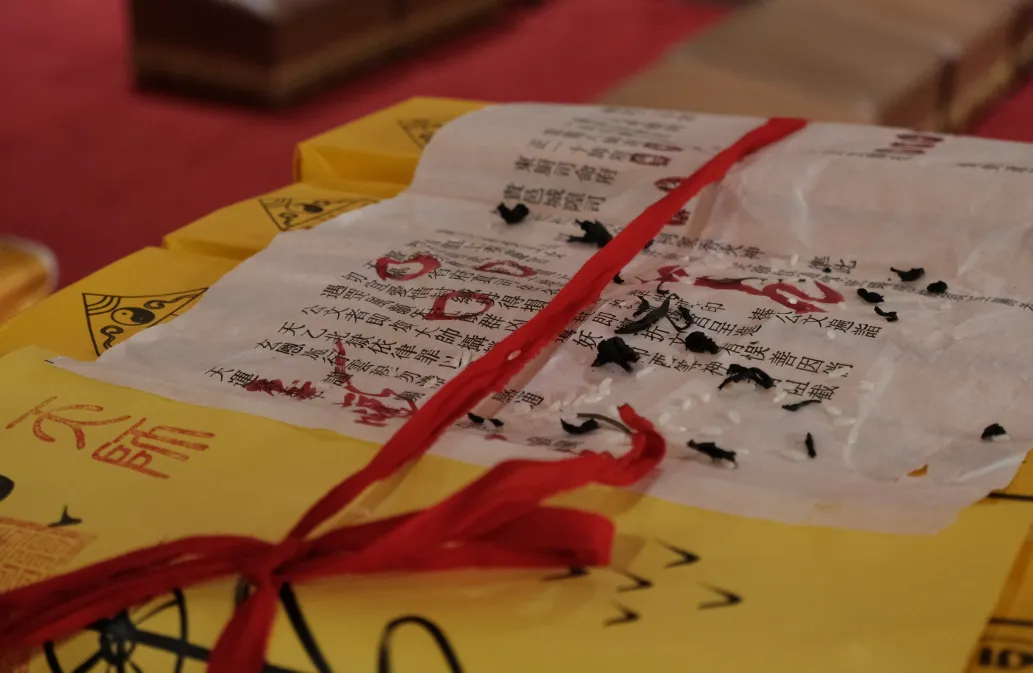Decrypting the “Hidden Structure” of Taoist Documents
Taoist documents serve as vital mediums of communication between humans and deities, featuring rigorous formats and numerous categories, each with specific usage contexts and sacred meanings.
Main Document Types & Functions:
-
Memorials (表文): Submitted to supreme deities (e.g., Three Pure Ones, Jade Emperor) to express reverence and prayers—the highest level of divine communication.
-
Petitions (疏文): Widely used in rituals, serving as conduits for devotees’ intentions, written on yellow or red paper based on the matter.
-
Dispatches (牒文): Documents exchanged between deities or between humans and mid-level gods (e.g., city gods, underworld officials), categorized into memorials, submissions, and official dispatches.
-
Notices (榜文): Posted on altars to inform devotees, lonely souls, and divine generals of ritual procedures and duties.
-
Delivery Orders (关引): Serve as directories and proof of delivery for multiple documents, entrusted to divine messengers for accurate transmission.
-
Sincere Statements (悃意): Handwritten memoranda by Taoist priests, recording devout intentions for rituals—written on red paper without envelopes to show utmost sincerity.

Taboos & Conventions:
-
Avoid starting memorials with “subject” (臣) or “ghost” (鬼), and never expose life/death details or split names.
-
Different deities, palaces, and matters require specific document formats and paper colors.
-
Using seals, like official government stamps, symbolizes authority and authenticity, essential for submissions, talismans, and registers.

Cultural Significance:
The Taoist document system integrates ancient bureaucracy and religious ritual, reflecting a cosmology of “harmony between heaven and human.” Its rigorous structure and sacred cont

